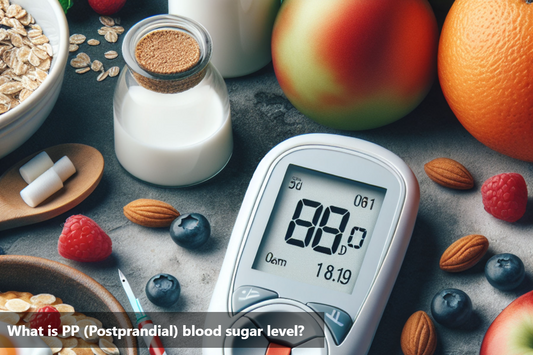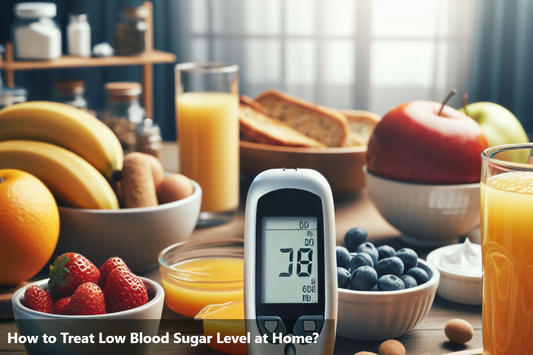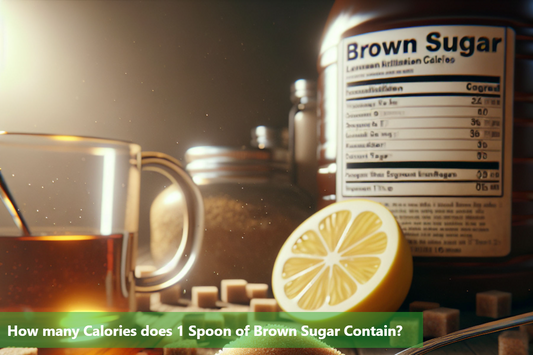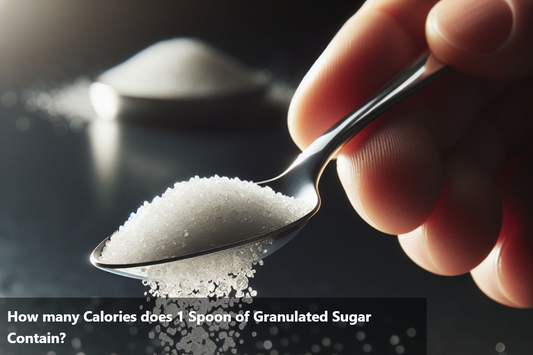Low blood sugar levels, known as hypoglycemia, can have serious effects. Symptoms include shakiness, confusion, and dizziness. Immediate attention is required when glucose levels drop below 70 mg/dL. Monitoring blood sugar regularly is crucial for managing conditions like diabetes and preventing risks associated with low blood sugar.
Ideal Blood Sugar Levels
-
Fasting Blood Sugar (FBS):
For non-diabetic individuals: 70-100 mg/dL (3.9-5.6 mmol/L)
For individuals with diabetes: 80-130 mg/dL (4.4-7.2 mmol/L)
-
Postprandial Blood Sugar (PPBS) or After-Meal Blood Sugar:
For non-diabetic individuals: Less than 140 mg/dL (7.8 mmol/L) two hours after a meal
For individuals with diabetes: Less than 180 mg/dL (10 mmol/L) two hours after a meal
-
Less than 200 mg/dL (11.1 mmol/L) in non-diabetic individuals
Blood sugar levels can fluctuate throughout the day, so random measurements may vary.
-
Hemoglobin A1c (HbA1c):
This test measures average blood sugar levels over the past 2-3 months.
For non-diabetic individuals: Typically less than 5.7%
For individuals with diabetes: Target levels vary depending on individual circumstances but generally aim for below 7%.
Dangerous Blood Sugar Levels:
-
Hypoglycemia (Low Blood Sugar):
Blood sugar levels below 70 mg/dL (3.9 mmol/L) are considered low.
Severe hypoglycemia can occur when blood sugar levels drop below 54 mg/dL (3 mmol/L) and can lead to unconsciousness, seizures, or even death if untreated.
-
Hyperglycemia (High Blood Sugar):
Blood sugar levels above 180 mg/dL (10 mmol/L) two hours after meals may indicate hyperglycemia.
Prolonged hyperglycemia can lead to complications such as diabetic ketoacidosis (DKA) or hyperosmolar hyperglycemic state (HHS), both of which are serious medical emergencies.
Dangers of Low Blood Sugar
-
Immediate Symptoms: Low blood sugar can cause a variety of symptoms, including:
Shakiness or tremors
Sweating
Paleness
Hunger
Rapid heartbeat
Confusion or difficulty concentrating
Irritability or mood changes
Dizziness or lightheadedness
Headache
Weakness or fatigue
Blurred vision
Nausea or vomiting
-
Impaired Cognitive Function: As blood sugar levels continue to drop, cognitive function can become significantly impaired. Severe hypoglycemia can lead to confusion, disorientation, slurred speech, difficulty speaking or understanding language, and even loss of consciousness.
-
Seizures: In severe cases, hypoglycemia can trigger seizures, which are caused by abnormal electrical activity in the brain. Seizures can range in severity from mild to severe and may require medical intervention.
-
Unconsciousness: If hypoglycemia is left untreated or if blood sugar levels continue to drop, it can lead to loss of consciousness. This can be dangerous, especially if the individual is alone or unable to communicate their condition to others.
-
Accidents and Injuries: Hypoglycemia can impair coordination, balance, and judgment, increasing the risk of accidents and injuries. Individuals experiencing low blood sugar may be more prone to falls, motor vehicle accidents, and other mishaps.
-
Hypoglycemia Unawareness: Prolonged or frequent episodes of hypoglycemia can lead to a condition known as hypoglycemia unawareness, in which individuals no longer experience the typical warning signs and symptoms of low blood sugar. This can increase the risk of severe hypoglycemia and its associated dangers.
-
Brain Damage or Death: In extreme cases, untreated severe hypoglycemia can lead to permanent brain damage or even death. This is a rare but serious complication of hypoglycemia, particularly if the condition is not promptly recognized and treated.
Treatment and Prevention
1. Regular Blood Sugar Monitoring: Monitor blood sugar levels regularly, especially before meals, before and after exercise, and at bedtime. Keep a record of blood sugar levels to identify patterns and trends over time.
2. Balance Diet and Carbohydrate Intake: Follow a balanced diet that includes carbohydrates, proteins, and healthy fats. Spread carbohydrate intake evenly throughout the day to prevent spikes and drops in blood sugar levels. Choose complex carbohydrates with a low glycemic index, such as whole grains, fruits, vegetables, and legumes, to provide sustained energy.
3. Medication Management: Take diabetes medications (insulin or oral medications) as prescribed by a healthcare provider. Adjust insulin doses or medication regimen as needed based on blood sugar levels, activity level, and dietary intake. Be aware of medications that can lower blood sugar levels, such as insulin or certain oral diabetes medications, and take precautions to prevent hypoglycemia.
4. Physical Activity: Incorporate regular physical activity into your routine, such as walking, cycling, or swimming. Check blood sugar levels before and after exercise, and adjust carbohydrate intake or insulin doses as needed to prevent hypoglycemia. Carry a fast-acting source of glucose, such as glucose tablets or fruit juice, during exercise in case of low blood sugar.
5. Hypoglycemia Awareness: Learn to recognize the signs and symptoms of hypoglycemia, such as shakiness, sweating, confusion, and hunger. Treat low blood sugar promptly by consuming a fast-acting source of glucose, such as glucose tablets, fruit juice, or sugar-sweetened beverages. Recheck blood sugar levels after treating hypoglycemia to ensure they have returned to a safe range.
6. Hypoglycemia Prevention Strategies:
Eat regular meals and snacks throughout the day to maintain stable blood sugar levels.
Avoid skipping meals or delaying meals, as this can lead to drops in blood sugar levels.
Limit alcohol consumption, as it can increase the risk of hypoglycemia, especially if consumed on an empty stomach or in excess.
7. Educate Family and Friends: Educate family members, friends, coworkers, and caregivers about the signs and symptoms of hypoglycemia and how to assist in case of an emergency. Wear a medical alert bracelet or necklace that identifies you as having diabetes in case of emergency.
8. Regular Healthcare Visits: Schedule regular follow-up visits with a healthcare provider to monitor blood sugar control and adjust treatment as needed. Discuss any concerns or challenges related to blood sugar management with your healthcare team and work together to develop a personalized plan.
To Conclude
Monitoring blood sugar levels is crucial for overall health. It is important to understand dangerously low blood sugar levels. When levels drop below 70 mg/dL, symptoms like confusion and dizziness may occur. Severe cases can be life-threatening and need immediate medical attention. Awareness of blood sugar levels is vital for individuals with diabetes. Regular monitoring can reduce the risk of adverse events. Stay vigilant to prevent the dangers of low blood sugar levels. Follow personalized healthcare plans to maintain a healthy balance.
This Blog post is an initiative by DiabeSmart, to provide accurate and Nutritionist / Doctor approved information related to Diabetes. DiabeSmart is India's first Food brand designed specifically for Diabetics, that has been clinically tested on Diabetics and Pre-Diabetics to deliver 55% - 70% lower Sugar spikes. DiabeSmart is part of Lo! Foods - India's leading brand for Everyday Functional Health foods.















